From Moscow to Washington: How the EU Is Redrawing Its Energy Map
Input
Changed
EU Signals Intent to Purchase $750 Billion Worth of U.S. Energy Imports of Russian Energy Have Been Falling Steadily Since February 2022 Complete Halt of Russian Gas by 2027 Expected to Benefit the U.S.
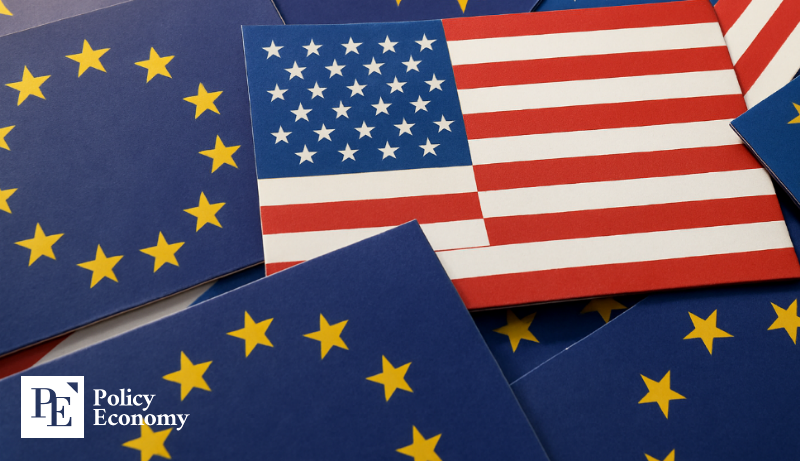
The European Union’s energy map is being redrawn. Brussels has agreed to import large volumes of liquefied natural gas (LNG), oil, and nuclear fuel from the United States, signaling a decisive shift to minimize reliance on Russian energy.
EU to Import Large Volumes of U.S. Energy
On July 30 (local time), energy outlet OilPrice reported that the European Union has moved to cut reliance on Russian energy by ramping up imports from the United States. A joint statement released on July 21, following a U.S.-EU trade agreement, stated: “The European Union intends to procure U.S. LNG, oil, and nuclear energy products worth a total of $750 billion by 2028, and also intends to purchase at least $40 billion worth of U.S. AI semiconductors.”
In return, beginning August 1, Washington agreed to cap tariffs on most European goods at a combined rate—base tariff plus reciprocal tariff—of no more than 15%. Tariffs on pharmaceuticals, semiconductors, and timber will also be adjusted to ensure final rates do not exceed 15%. This represents a sharp retreat from President Trump’s earlier threats to impose tariffs of 250% on pharmaceuticals and 100% on semiconductors. However, high tariffs of 27.5% will continue to apply to European automobiles for the time being.
Analysts say the deal will further strengthen U.S. dominance in Europe’s energy supply chain, where it already plays a central role. According to Eurostat data for the first quarter of 2025, the United States is the EU’s largest oil supplier, with a 15% share of import value, and its leading LNG source, accounting for 50.7% of imports.
EU Cuts Reliance on Russian Energy
Following the latest tariff negotiations, Europe’s dependence on U.S. energy has risen sharply, leaving little room for Russian supplies. Since Russia’s invasion of Ukraine in February 2022, the EU has steadily reduced its reliance on Russian energy, imposing 18 rounds of trade sanctions—including restrictions on imports and exports—up to last month.
The impact is evident in recent trade data. On July 30, Euronews reported, citing Eurostat, that EU exports to Russia in the second quarter totaled $8.2 billion, while imports came to $7.7 billion. For the first time since records began in 2002, the EU posted a trade surplus with Russia.
The shift is most striking in energy. The EU’s energy trade deficit with Russia plunged from $46.9 billion in Q2 2022 to $4.7 billion in Q2 this year—a 90% drop. During the same period, Russia’s share of the EU’s crude oil imports collapsed from 29% to 2%, while dependence on Russian natural gas fell from 39% to 13%.
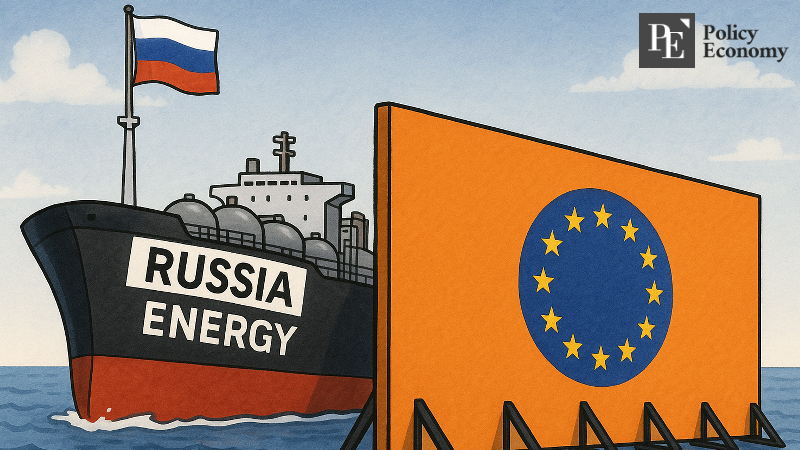
A Win-Win Strategy for the U.S. and EU
Looking ahead, the European Union plans to fully phase out Russian energy imports under its REPowerEU Roadmap announced in May. The plan bans new contracts for Russian gas and requires all existing short-term contracts to end by late 2025. By that deadline, EU gas imports from Russia are to be cut by another one-third, with the goal of eliminating them entirely by 2027.
The EU also intends to restrict new supply agreements for Russian enriched uranium and other nuclear fuels. At the same time, Brussels is promoting the European Radioisotopes Valley Initiative to raise self-sufficiency in medical radioisotopes, while investing in infrastructure and demand-management strategies to secure alternative energy sources.
Analysts say the strategy represents a win-win outcome for both sides. “The EU has suffered from soaring energy costs after losing access to cheap Russian gas,” one market expert noted. “If the U.S. offered assurances of affordable energy supplies during negotiations, Brussels would have little reason to resist cutting Russian imports completely.” The expert added: “As trade volumes expand, the EU can fill its energy gap while the U.S. helps reduce Europe’s reliance on Russia. In the end, both sides stand to gain.”

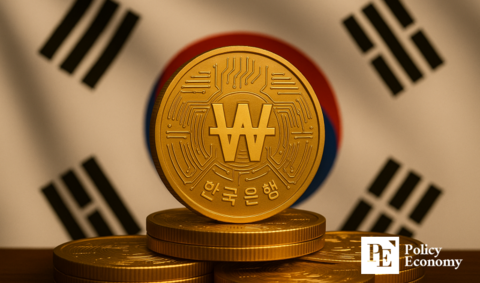
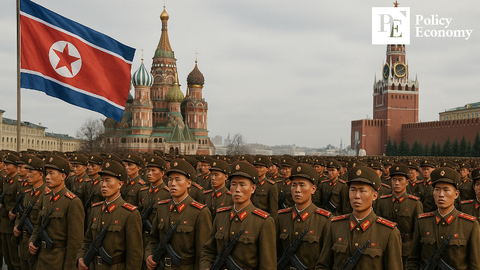
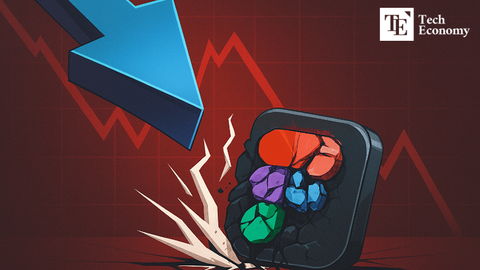



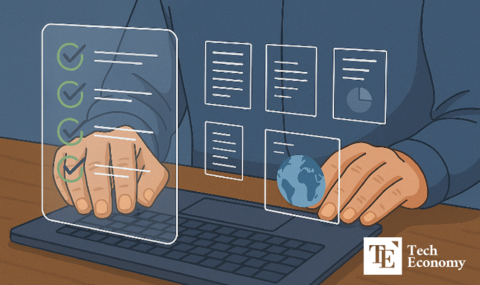
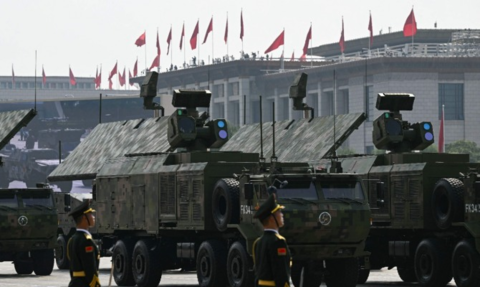
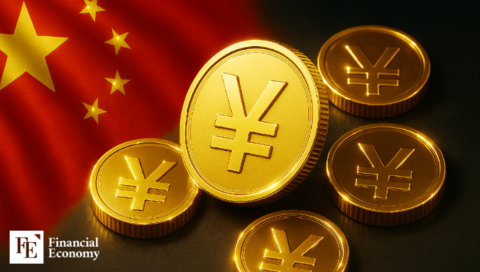












Comment